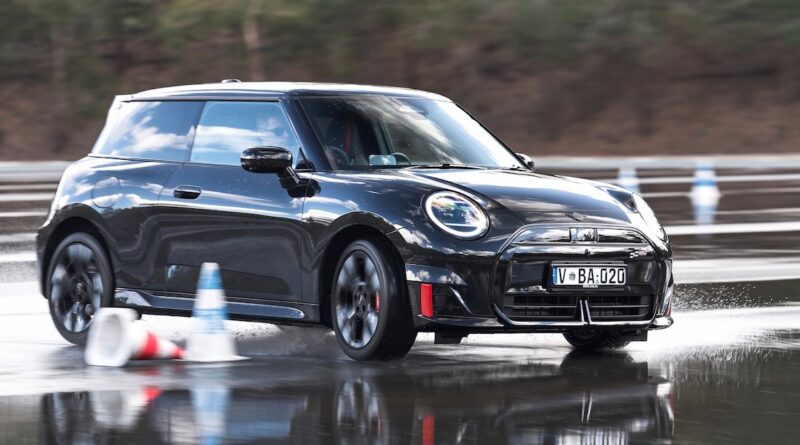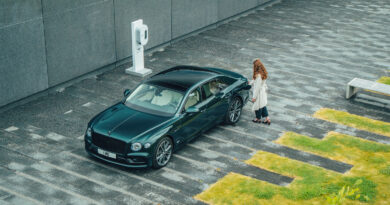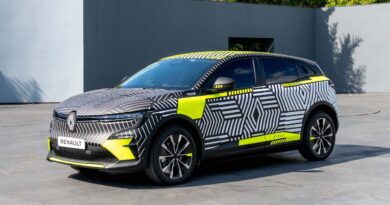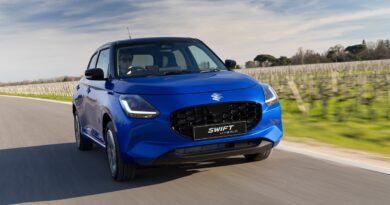2025 Mini JCW Hatch and Aceman Track Review: Can an electric John Cooper Works Mini live up to that fabulous heritage?
Blame my English heritage, but I was Sceptic-in Chief ahead of testing the new JCW versions of Mini’s electric line-up.
It’s the patriotic purist in me. Here we have the storied John Cooper Works badge on heavy, battery-powered Minis; a brand now owned by the Germans and its vehicles assembled in China.
In my daft, nostalgic brain a Mini should cost peanuts, have a tiny petrol motor, weigh as much as a Coke can (and the crash resistance: Ed), have three pedals and gear stick, and be built by a chap called Reg in Oxford, England.
And if it’s alright with you, said Mini must be driven as if it’s on the set of The Italian Job with a be-suited Michael Caine nodding encouragement.
READ MORE: Mini adds sizzling electric JCW Mini hatch and Aceman SUV to its Australian line-up
READ MORE: Mini Cooper EV review: the tiny Tesla antidote that’s super fun to drive
READ MORE: Volvo EX30 review – can a small family SUV be too quick?
Reality check needed. This is 2025, and we must celebrate Mini offering proper performance enhancements to its EV twins – the three-door hatchback and Aceman city SUV – just as it does for its combustion alternatives. Which, incidentally, are still made in Oxford.
This is the first time John Cooper Works grades have been added to Mini’s EVs, and we sampled the duo at Brisbane’s RACQ Mobility Centre around a wet slalom course and twisty evaluation track.

No on-road testing here, just a brief sample to see if they can live up to Mini’s “go-kart” driving ethos that’s been hammered home at every Mini press event for decades.
John Cooper-fettled Minis won three Monte Carlo Rallies in the 1960s, and took the top nine (!) places at Bathurst in 1966. But times have changed. These electric JCWs weigh roughly three times as much as those little giant-killers of the olden days.
2025 Mini JCW E and JCW Aceman price and equipment
The titchy electric hatch and (slightly) larger Aceman SUV are basically the same under the skin, sharing e-motor, battery and specification.
Neither is cheap. The JCW hatch is $63,990 and JCW Aceman $65,990 plus on-road costs, each available only in higher specification Favoured trim. We’re firmly in Tesla Model Y, Kia EV5, VW ID.4 and Volvo EX30 price territory here – and all are larger than our Mini duo.
The Aceman will be the volume seller, helped by costing just a couple of grand more. It’s an SUV (therefore default choice for Australians), has two extra doors, an extra seat, slightly more rear legroom and the boot goes from titchy to just small.

I love the look of the little three-door with its cute round headlights and fun-sized dimensions, but admit the Aceman in JCW guise appears the more purposeful. Edgier lights and muscled wheel arches – combined with the required JCW body bits and black and red scheme – do no harm to the aesthetics.
For both, a single e-motor sends 190kW and 350Nm to the front wheels, temporarily climbing to 200kW/356Nm in e-Launch Mode. Solid performance numbers for a Mini, and it’s worth noting the EV hatch is the quickest front-drive model the brand produces.
It’ll manage 0-100km/h in 5.9 seconds, which is true hot hatch territory, although electric motors have reset what we deem quick these days.
The heavier Aceman – a lardy 1745kg, compared to the still not-light hatch’s 1650kg – take half a second longer to hit the ton.
Range may be challenging for buyers. The three-door offers 371km and the Aceman 355km. Peak AC charging gives 100 per cent battery in roughly 5h 30m, while DC charging goes from 10-80 per cent in 30 minutes… maximum speed is only 95kW.
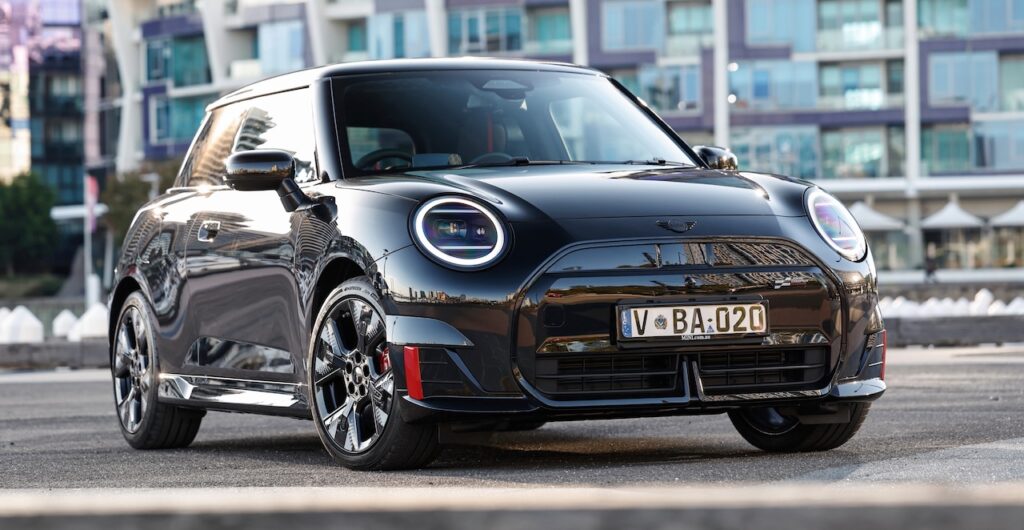
JCW-specific inclusions are JCW Signature bars for the LED headlights, black side skirts, side aeroblades, unique spoiler, aero-optimised alloys (18-inch hatch, 19-inch Aceman) and performance tyres.
Inside, funky black and red pattern adorns the knitted dashboard surface and there’s faux black leather and cloth seats with much red stitching. Chairs are heated JCW-specific chunky numbers, while the driver’s is also power and massage.
The spec is generous. Each has a panoramic glass roof, dual zone climate, heated steering wheel, centre-mount 240mm circular OLED infotainment screen, wireless CarPlay/Android Auto, wireless phone charging, USB-C ports, Harman/Kardon audio, head-up display and ambient lighting.
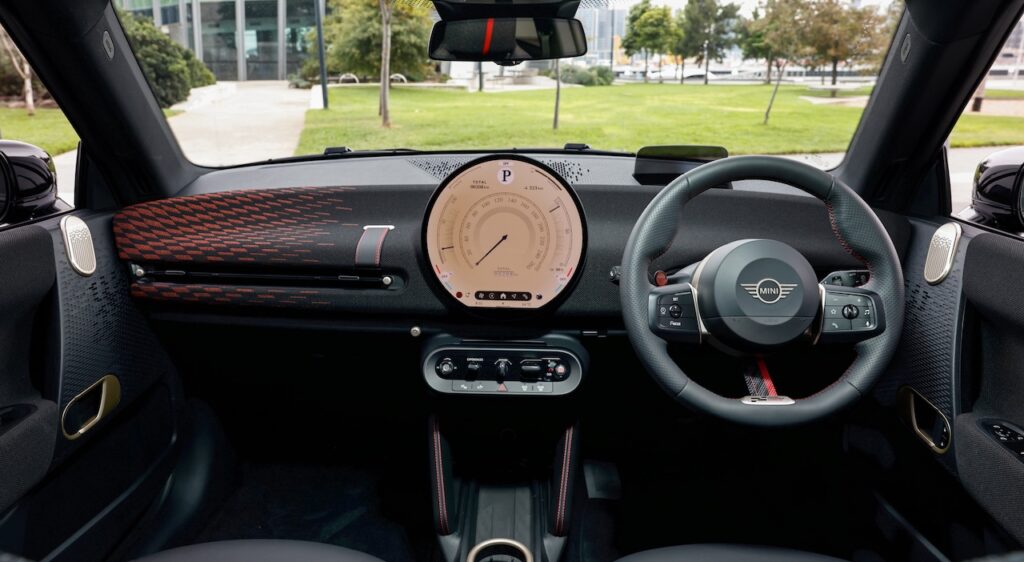
There are custom drive modes, but unlike petrol-powered JCW Minis, there’s no adjustable suspension on the EVs.
Safety includes AEB, blind spot and lane change warnings, exit warning, rear cross traffic alert with brake intervention, adaptive cruise control, surround view cameras and augmented reality navigation.
None of the above could be tested as we had no on-road drive. Instead, it was closed road playtime to go on a quest for the go-kart promised land.

2025 Mini JCW E and JCW Aceman: What we think
These things are premium priced, but cabins feel expensive. They may not drip in luxe like the fanciest BMWs, but build quality, layout and touchpoints are strong, and the JCW seats looks and feel superb.
Black and red colouring features heavily, but it’s not garish. The chunky steering wheel gives a racy feel, you sit sportily low in the hatch, and a little strap to open a centre console box is neat.
The circular dash screen is a welcome point of difference, and presents its functions and camera views with excellent clarity and speed. Delve lower in the cabin and hard plastics abound, and I found the inside door handles needlessly clunky.
The three-door Mini hatch has seriously tight rear seats, and a bit of yoga’s needed to access them. The Aceman’s rear row isn’t flush with legroom either, but the two extra doors are a godsend if you regularly haul rear passengers.
A skiddy wet slalom course kicked off our fun, and the hatch quickly shone. The torque hit’s mega, and from soggy standstill, the electronics quickly mopped up spinning front tyres. From there, the grip was standout.

It wasn’t phased by quick direction changes, only showing hints of its weight in a really tight turn. There’s agility, playfulness and speed aplenty. You know there’s some weight under you, but it’s well controlled and the whole drive experience is one of solid competence. Very BMW-like.
The larger Aceman’s really not far off. Sitting higher, you lose some of the racy feel, and there’s not quite the keenness to quickly scythe between cones. But you’ll forgive it that for the extra practicality it offers.
Next, to the track to enjoy some high-speed cornering. Both these EVs have independent suspension all-round with passive dampers. The ride’s firm, which could be a problem on rubbish public roads, but on initial track taste, these EVs don’t feel as spine-bashing as some too-firm JCWs of the past.
A button press moves the car into Go-Kart Mode, and I’m greeted with a fake cheer and round of applause. Call me Gen X, but this feels cringefully unnecessary.
A cosmic fake sound gives whoosing accompaniment as I zip away; handy at the track as it’s nice to hear something resembling rising and dropping revs between corners.
Alright… little go-kart are you? I chuck the tiny three-door into a tight left-hander, start to run wide and lift off the throttle to coax the rear around. It responds, but nothing like a 1000kg hot hatch enjoyed in my youth. This EV feels safer though.

The traction and stability control allow a decent dose of bum waggle, which is excellent, and I love how rapidly we can shoot out of a corner with instant surge as soon I open up the steering and get back on the accelerator.
Brakes, too, do a cracking job. Little wonder EVs do so well at hill climbs and sprints.
I expect the Aceman to be a lardy substitute, but no such thing.
It loses some of the outright zip, and feels a smidge more cumbersome and heavy in corners, but not by as much as I expected. It’s agile, sure, but I don’t want to chuck it into corners with quite as much reckless abandon.
Go kart? Let’s not play pretend – we’d be hauling around 2000kg if I had my wife and two kids riding along.
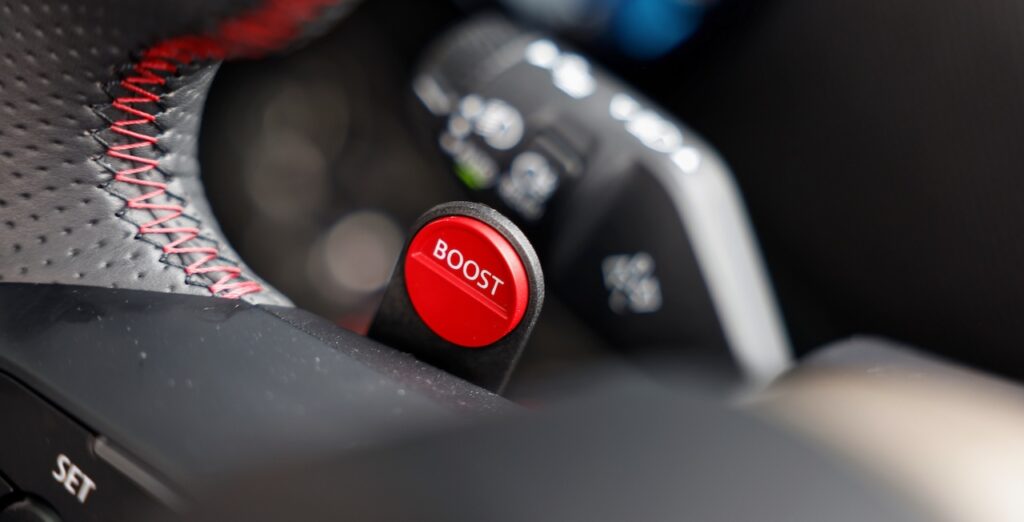
2025 Mini JCW E and JCW Aceman: Verdict
Total disclosure. I also tested the turbo-petrol JCW Mini three-door around the track, and that absolutely was the most fun, chuckable and lightweight model.
If it came with a manual gearbox it’d be a no-contest win for the petrol version in the fun stakes, but Mini refuse to produce one these days. And, interestingly, despite being 350kg lighter than the EV, is slightly slower sprinting to 100km/h.
So the EV hatch proved more enjoyable – and quicker – on our twisty track than I expected.
Bloody good job Mini, the old John Cooper DNA has made an impressive leap into the EV world, especially if you plump for the little three-door.

Track Score: 4/5
2025 Mini JCW E and JCW Aceman specifications
Price: $63,990 (E) and $65,990 (Aceman) plus on-roads
Basics: EV, 4 seats, 3 doors, hatchback, FWD (E); EV, 5 seats, 5 doors, city SUV, FWD (Aceman)
Range: 371km (E) and 355km (Aceman) WLTP
Battery capacity: 49.8kWh (net)
Battery warranty: Eight-years/160,000km
EV energy consumption: 13.8kWh/100km
Motors: 1 front, 190kW/350Nm
AC charging: 11kW, Type 2 plug
DC charging: 95kW, CCS combo
0-100km/h: 5.9 seconds (E); 6.4 seconds (Aceman)

